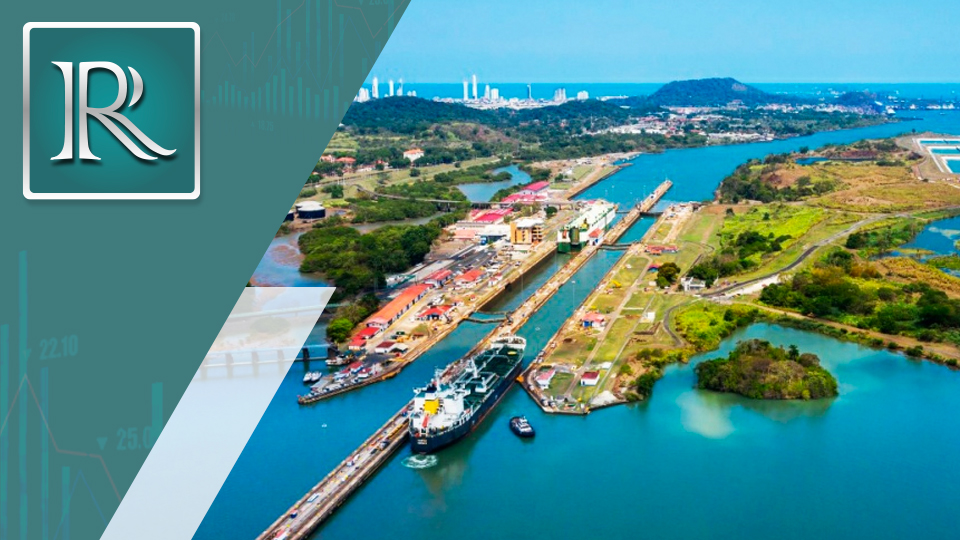Around the world, there are geographically-centric foods and comestibles that eventually make their way onto the global market. However, restrictions on what can be imported and how make the process cumbersome. Panama is no different, but existing regulations help facilitate the process and allow entrepreneurs to get started once they understand the rules. Randall Castillo Ortega is an import/export specialist for both Costa Rica and Panama, as well as the founder of RACO Investment, and discusses the logistics behind bringing food and comestibles into Panama.
Any imported food must go through the document, identity and physical verification processes carried out by Panamanian Food Safety Authority (AUPSA) inspectors at entry points, borders, ports and airports. That process of bringing the food products across the border into Panama begins with verification in the gatehouse. In the first phase, the company’s processing company presents the documents at the window, where the AUPSA inspector receives and verifies it.
Castillo points out that there is a list of pests from which boarding must come free and must be detailed in the phytosanitary register and issued by the competent government company, the country of origin or exporting country. Explains Castillo, “These pests do not exist in the Republic of Panama, and the comestibles must be verified and ensured that they do not enter in order not to affect the phytosanitary heritage of the country.”
The next step involves the physical verification of the products. If the above requirements are met, the products are passed to the physical verification phase. The processor submits the documentation to the settlement or release window and the AUPSA inspector checks again. They then go to the container that is on the ramp, the doors are checked, and the container is verified to present the optimal conditions in such a way that it does not affect the quality of the product.
Samples are obtained from the product, taking all the sanitary measures so that cross-contamination does not occur and then transferred to the entomology laboratory where the analysis is performed in order to ensure the safety and quality of the food. Imported foods are entomological, nematological, pesticide residues, microbiological and chemical physicists, among others.
These analyses identify and prevent the introduction of insectile pests and exotic mites, which may jeopardize the country’s agricultural heritage and human health. Depending on the results, decisions are made, which could be to release the product for entry into the country, or for further retention in order to clear any concerns or, in some cases, reject the product’s entry.
It is important to mention that entomological analyses are carried out in the Entomology Modules of Tocumen, Balboa, PSA, Manzanillo and Colon, located at the different points of entry at the national level. The other analyses are carried out in the external state laboratories: Food and Water Laboratory of the Gorgas Memorial Institute for Health Studies, Specialized Institute of Analysis of the University of Panama, and plant health laboratories of the Ministry of Agricultural Development.
These processes seek to ensure that the food the importer is entering meets all documentary, physical and health requirements to ensure that the consumer will receive a quality safe product that does not undermine the health of the consumer or the country’s plant heritage.
In most situations, there are also tax implications for imported goods. For the entry of legitimate goods into Panamanian territory, it is necessary to channel the legal routes where information and origin of the products can be found. The Directorate-General for Customs (DGA), attached to the Ministry of Economy and Finance (MEF), is the institution responsible for monitoring and monitoring aspects related to the entry and exit of goods by the delimitations of Panama. Tariffs are the main instrument of border protection and all duties applied are ad valorem.
The Import Tariff applied by Panama is based on the Harmonized Commodity Description and Coding System (HS). For imports of raw materials and fully processed products, average tariffs are estimated to be around 10%, while for semi-processed products, the average tariff is 3.9%. In addition to tariffs, imports are subject to a Customs Services Administrative Fee (RATE) equivalent to $70 for each customs declaration containing imports with a CIF value of $2 billion or more.
Once the fundamentals behind the importation of comestibles are understood, entrepreneurs have a greater chance of getting started. While there are other considerations that have to be made, these guidelines offer a great springboard to ultimately important goods into the country.



